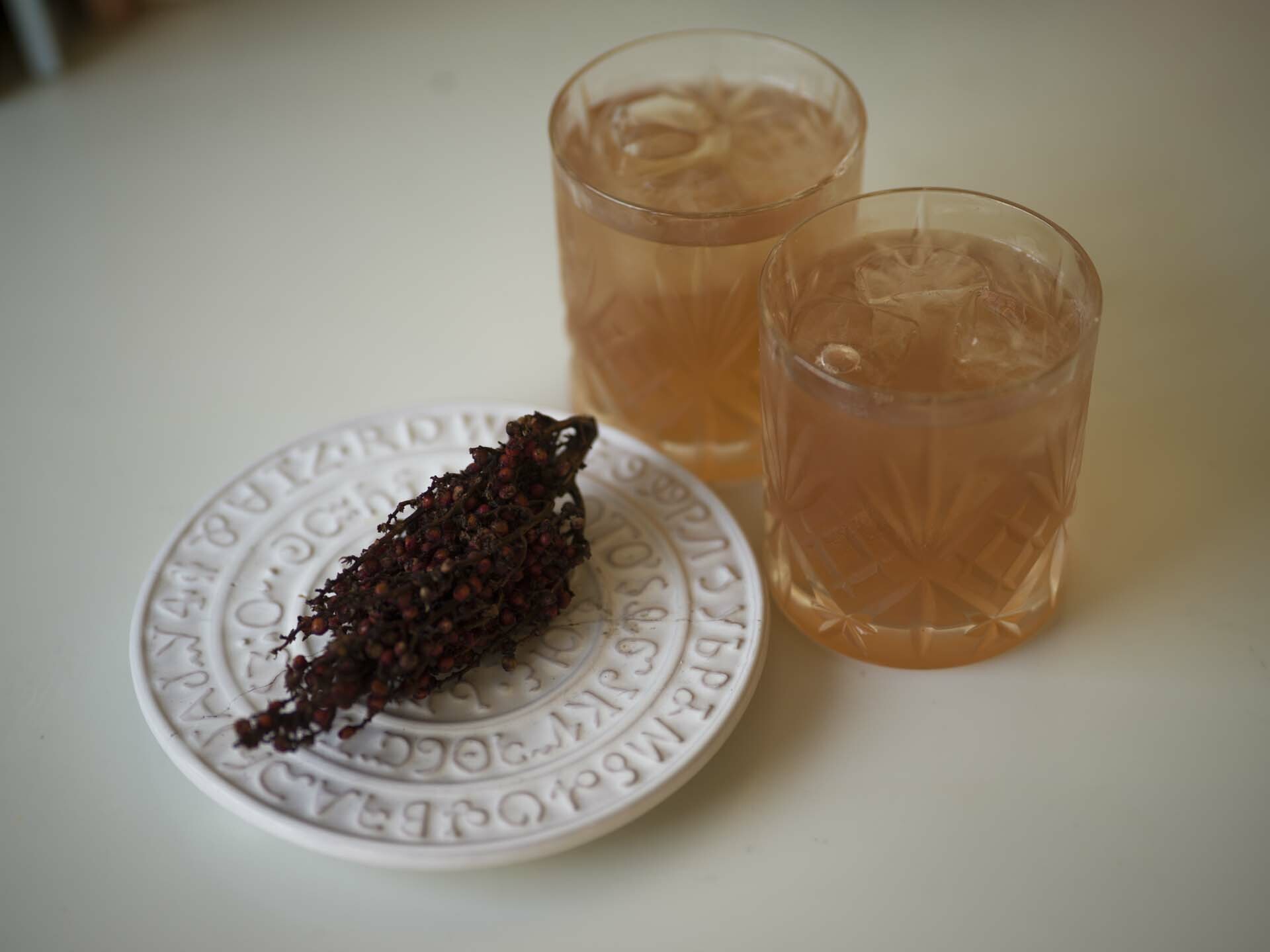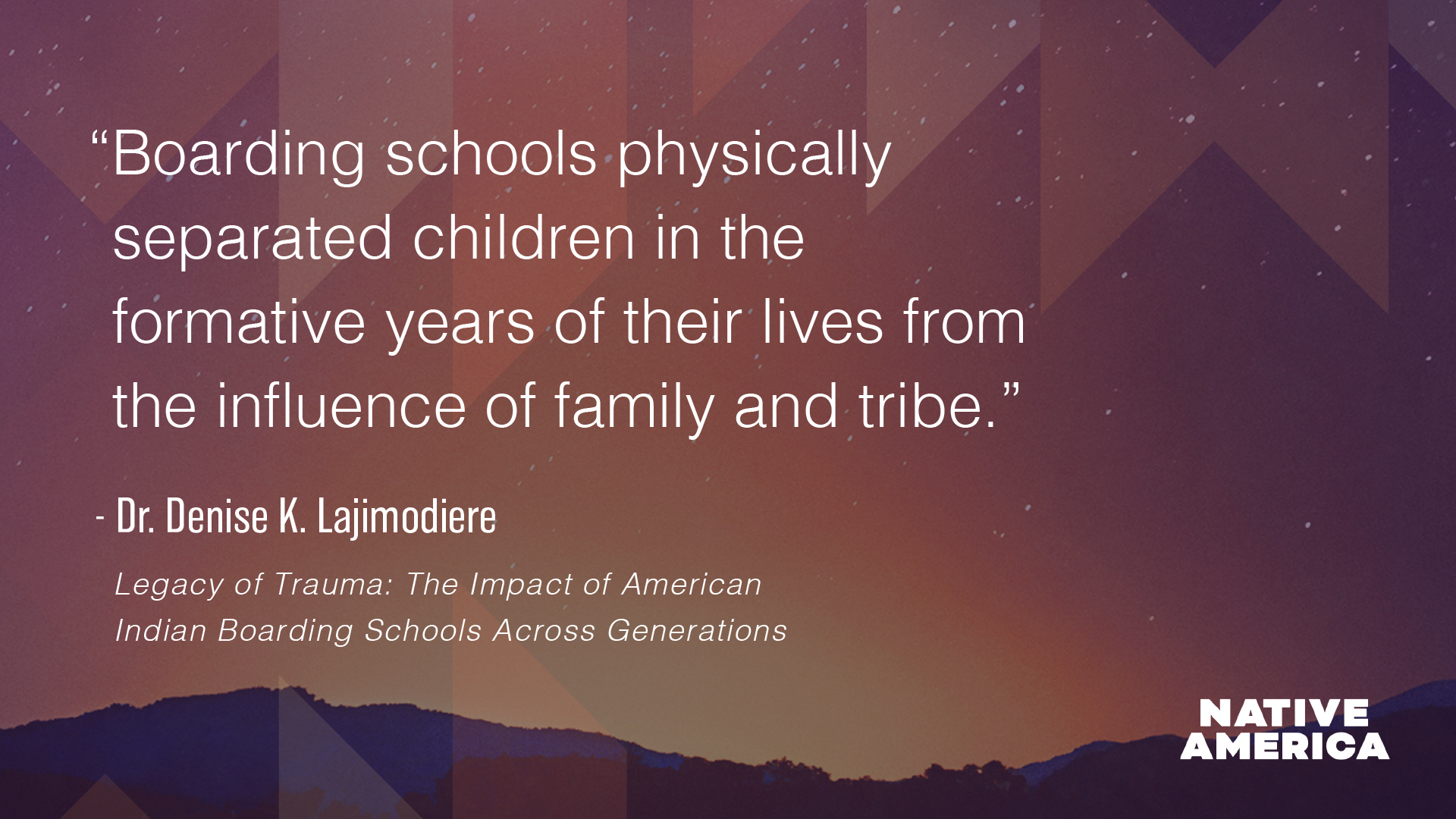Food, Culture, and Storytelling
Editor’s Note: The opinions expressed are solely those of the authors.
Food carries an emotional memory. Certain aromas and flavors make an imprint in our minds and have the powerful ability to return us to a particular place, person or experience much more intensely than a visual or auditory reminder. This is part of the magic and medicine in all forms of cooking, but indigenous foods, in particular, are imbued with a history of both comfort and pathos that reaches far beyond the ingredients themselves. People often ask me to share recipes for the traditional foods I cook, and I am always happy to do so. But no matter how precise, I feel these recipes always fall short of the true representation of the dish. At the heart of every traditional dish is a story.
Storytelling is an important part of Cherokee culture. Many of our stories not only contain lessons about how we nourish our bodies but also about where we come from and how we should treat one another. When you hold a strawberry in your hand or pull the husk from an ear of corn, knowing the stories that accompany these foods transforms them. They become more than an ingredient to measure and cook with for a specified amount of time. That strawberry becomes more than just a berry. That ear of corn is so much more than “just an ear of corn.” It is an ancestor, it is our mother; a reminder of who we are, what we’ve been through, and why we must continue to survive. Every meal has the potential to be a small ceremony, a direct link between our ancestors before us and the future of our people.
This brings me to food sovereignty. Indigenous food sovereignty is a movement to reclaim the traditional foodways of our ancestors in an effort to restore the physical and spiritual health of our people. Before the colonization of North America, our ancestors were healthy and strong. They led active lives and subsisted on a diet of corn, beans, squash, berries, greens, wild rice, fruits, nuts, seeds and game that provided complete and balanced nutrition specifically fitted for people in their region. With the arrival of European colonizers, this balance was drastically, and often violently, interrupted. Europeans brought with them livestock and crops from their continents, with the intent to colonize the Americas through both the migration of European settlers and the imposition of European foods on Native populations. Indigenous American foods, comprised of staples drastically different from the European diet, were viewed as inferior and unfit for consumption by the colonizers.
The second motivation was to establish control. Strategically, people are easier to subdue and contain when you have control over their food source. Europeans cleared vast amounts of land that formerly sustained all the plant-based foods and game Native peoples relied on, introducing privately owned livestock and crops. In addition to the invasion of foreign food sources, the establishment of governments and the physical removal of Native people from their traditional lands resulted in a loss of culture and access to their traditional diet and lifestyle, creating a dependence on government assistance for sustenance.
Our reliance on processed foods, which lack both soul and nutritional value, has created a disconnect from the relationship we once had with the plants and animals that sustain us. But those plants and animals are still here. Our relationship can be mended by telling their stories at our dinner tables. Each time we make the decision to forgo the box or bag of instant dinner, and instead prepare a simple meal with fresh, traditional ingredients, we have an opportunity to recall the significance of those ingredients as we cook. This remembrance through food nourishes our bodies and connection to our culture. Our ways, our memories, our cultural identity, live on inside us with every bite.
Recipe: Sumac Lemonade

Ingredients
Sumac berries lend themselves to use in a lemony-earthy flavored spice, or use them immediately to make a tangy and refreshing beverage. Chef Nico Albert (Cherokee Nation) is a self-taught chef, caterer and student of traditional Indigenous cuisines based in Tulsa, Oklahoma.
- Handful of sumac berries
- Sweetener to taste, agave nectar or honey
Directions
- Sumac berries (or “drupes” which is their proper label) are a wild treat that can be found in wooded areas all over North America. Here in Oklahoma, they are ready for picking in late summer to early fall. If you have harvested a bunch of these beautiful red berries, you can dry them to blend up and use as a lemony-earthy flavored spice, or use them immediately to make a tangy and refreshing beverage.
- Rinse your sumac in cool water to remove any of the “outdoor elements” that might be clinging to them. Place sumac berries in cool/room temperature water. One large cluster of sumac will flavor a minimum of 2 cups of water. The more sumac you use, the quicker and more flavorful your sumac-ade will be!
- Crush the berry clusters in the water using a sturdy spoon (or even a potato masher if it will fit in your vessel). Allow the sumac to soak for at least a few hours or overnight, depending on how much sumac you used. The longer it soaks, the stronger the flavor, but with enough berries, an overnight soak will produce a very flavorful result.
- Strain your Sumac-ade through cheesecloth, coffee filter, or similar fine mesh fabric (I often use my french press to strain my sumac-ade, in batches. It is perfectly suited to the task!).
- Once your sumac-ade is strained, you can sweeten to taste with the sweetener of your choice. I prefer to stir in agave nectar or a good local honey, but most any sweetener will compliment the tart flavor of the sumac. Serve chilled or over ice to toast the end of summer and arrival of autumn!
Video, photos and essay produced by PBS member station KQED, in collaboration with PBS Food. See the full photo gallery from this essay and find more recipes at the PBS Food Native America collection.



